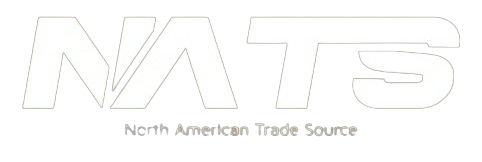A check valve is a one-way valve that allows fluid to flow in one direction only. It prevents backflow by automatically closing when the fluid reverses direction. In vertical lines, specially these designs are used to account for gravitational and pressure dynamics.
Yes, but not all types are suitable. Spring-loaded and lift-type check valves are ideal for upward vertical flow. Swing-type valves may not perform reliably in these setups.
Choose based on flow direction, pressure, media type, and application. For help selecting a model, visit our products page or connect with our team.
PVC check valves are generally safe for low-pressure, non-corrosive applications like water or light chemicals. However, they may not be suitable for high-temperature or high-pressure industrial uses.
With proper maintenance and correct installation, they can last 5–10 years or more. Brands like Bettis and ASCO offer highly durable options.

